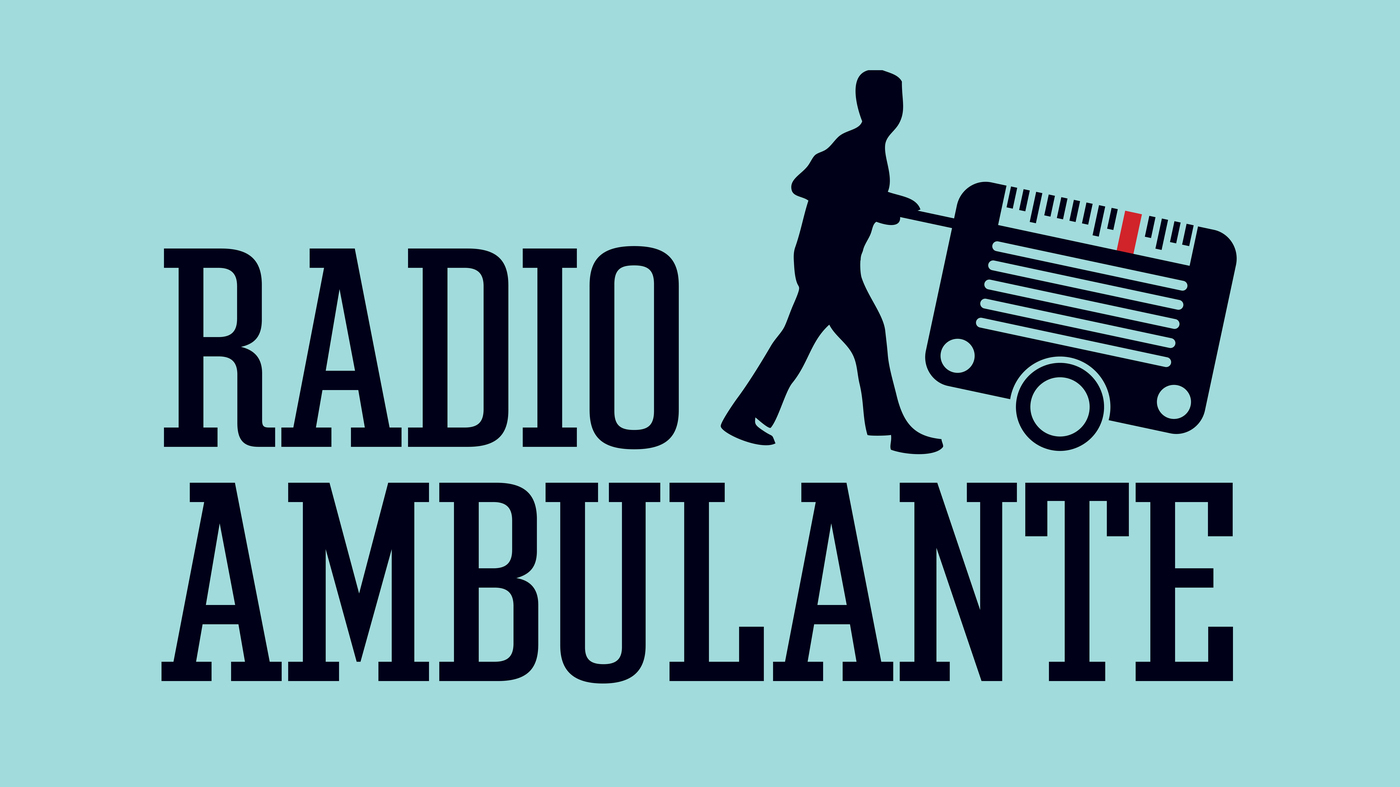In 2012, the podcast industry was taking off in the United States, although mainly in English. It was hard to find long-form podcasts in what already was the second most spoken language in the country—Spanish— until Radio Ambulante came along. Radio Ambulante, a weekly 30-60 minute podcast in Spanish covering Latin American stories, has garnered the attention of mainstream media in the United States. It is, by all standards, a case of success. Through a multi-revenue model and an active engagement strategy, Radio Ambulante has taken advantage of two trends—the success of podcasts and the increasing number of Latinos.
Seven years, talk shows and music dominated radio in Latin America. But five Latinos, led by Daniel Alarcón and Carolina Guerrero, missed nonfiction storytelling in their native language, says the latest Latino Media Report by Craig Newmark Graduate School of Journalism. They launched the nonprofit Radio Ambulante to tell stories that were not the first page in US media outlets. For example, the role of firefighters in Peru, the 2017 Mexican earthquake, and the dangers of pursuing female beauty through surgeries in Colombia are some of the stories the podcast has covered. Now, with 30 episodes per year, Radio Ambulante expects to reach over 6 million listeners in 2019.

The advantages of podcasts are multiple. They have lower costs than print and TV journalism; they are accessible—you only need a cell phone—and easy to consume in any situation—the most common being at home or during commutes. According to the Reuters Institute Digital News Report, podcasts are wildly popular among younger generations—over half of the respondents under 35 used a podcast monthly. Taking into account that US Latinos are the youngest ethnic group in the US—the median age is 28—podcasts seem the perfect fit. But of the 59 million Latinos in the US—18% of the total population—37 million speak Spanish. Radio Ambulante grabbed that market opportunity and bridged the gap between long-form quality journalism and the Spanish language. The problem was how to monetize it.
Designed as a nonprofit, Radio Ambulante used multiple revenue streams to stay afloat and a healthy engagement plan to create a community. It first started with donations, through a Kickstarter campaign that raised $46,000—surpassing its goal by $6,000—and produced three episodes. In 2016, its efforts were rewarded. Radio Ambulante entered an agreement with NPR to grow the podcast, and it succeeded. Last year, Radio Ambulante had 4.5 million downloads with 70% of its listeners based in the US.
Radio Ambulante also pursues other revenue streams like grants, events, merchandising and is now working on a membership model to capitalize its fan base. This multi-revenue model is vital for its success and an example for other news outlets, both nonprofit and for profit. However, indeed, nonprofits depend more on their communities to succeed, especially those with membership models (read How The Guardian capitalized its membership model.) For that reason, Radio Ambulante is going where its audience is. They host Facebook Live video conferences to discuss the episodes; they send individual messages to 3,500 followers on WhatsApp—to which listeners can reply,—they organize Listening Clubs, gatherings to talk about the podcast. They are creating an active community around the podcast, which will give them grounding in the future.
Nevertheless, the podcast is also trying to reach other audiences by partnering with English-speaking radio shows such as RadioLab, translating its episodes into English, and publishing some of its stories on print outlets. In summary, they are taking every step to diversify both its revenue streams, its distribution channels and lastly its audience.
In seven years, Radio Ambulante has gone from a Kickstarter project to an internationally recognized podcast with millions of listeners. It has also proved there’s a need for quality journalism in Spanish in the United States, an interest in Latin American issues and, above all, a wish to belong to a community. By engaging closely with its audience, Radio Ambulante can capitalize it in the future, through donations and memberships. As the Latino population rises and the podcast industry enters adulthood, Radio Ambulante will be a referent in long-form quality journalism in Spanish.


I’m also undertaking and opening up the Hispanic market with very familiar strategies such as those used by the big5. know Spanish, as well as English is fundamental in these times, but we must not forget the cino, Portuguese or Russian …
Very good initiative.
Thanks for information. I like this site.
Well i expect that human capabilities are unlimited so we have to believe in ourselves and always try to break all the boundaries. It is very useful info so we will talk about it with my students and discuss it.
how much does it cost to use it?
what is the procedure to use it?
hi ! that sounds cool but how much it costs ?!
I really like what you’re doing! I also have a podcast in Spanish and I agree with you that we should try to expand the business and make podcasting in Spanish a more common thing to do.